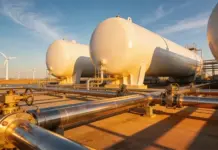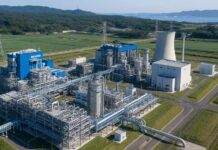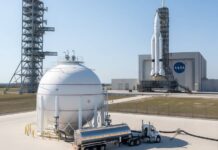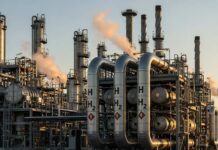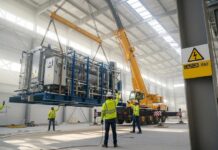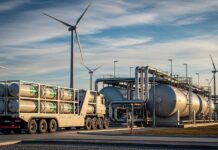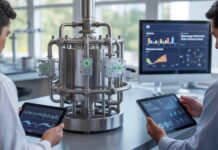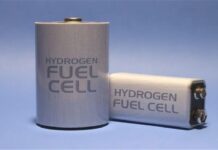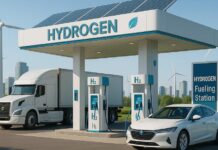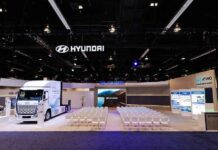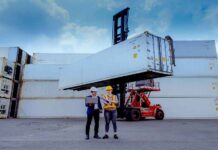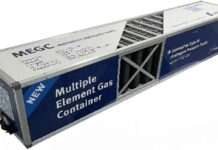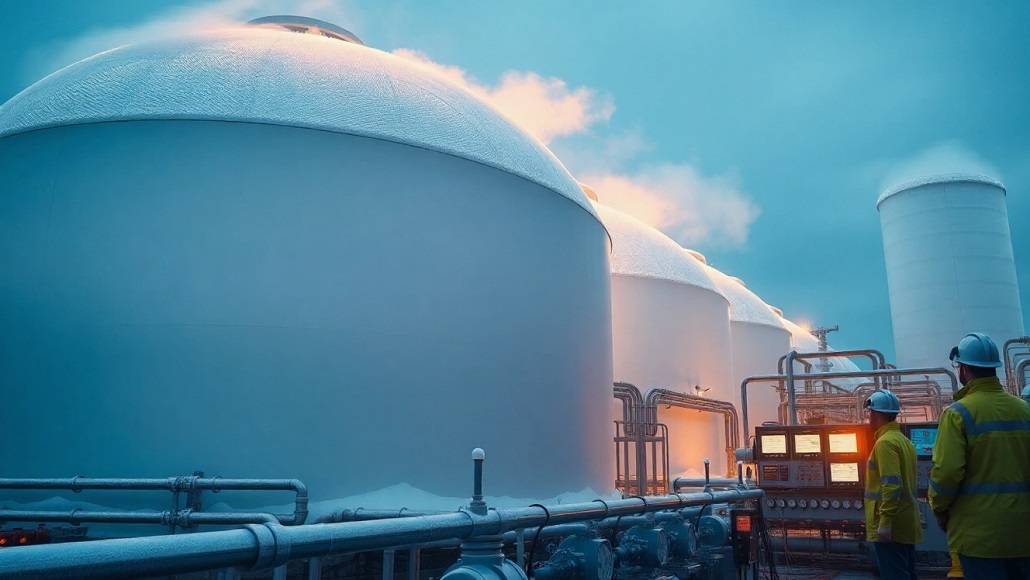As worldwide decarbonisation proceeds at a fast pace, hydrogen has emerged as a decarbonising anchor for sectors otherwise hard to abate. At the heart of enabling hydrogen to realise its potential is the ability for efficient storage and transportation of hydrogen across industries and continents—a problem that places the spotlight firmly on progress in hydrogen liquefaction and cryogenic storage. Recent developments in these technologies are not simply surmounting the technological and economic barriers that have for so long constrained the hydrogen economy but also accelerating the advent of a completely global, adjustable energy carrier.
The Requirement for Next-Generation Hydrogen Liquefaction
Hydrogen, which exists naturally in a gaseous state, is extremely light and scattered, occupying vast volumes compared to traditional fuels. To allow for practical, widespread storage and distribution, hydrogen must be liquefied into a denser state, usually by liquefaction—a process that cools the gas to cryogenic temperatures. This LH₂ can be transported in specially built tankers and pipelines or used in applications where high-purity, high-density energy is needed, such as in aviation, space travel, and increasingly heavy transport and industry.
However, traditional hydrogen liquefaction has long been notoriously energy-intensive, generally taking 10–13 kWh of energy per kilogram of produced hydrogen in the form of about 30% of the fuel’s own energy content. It is projected by the International Energy Agency (IEA) that the inefficiencies, compounded with massive upfront capital costs in infrastructure, have long been working against it economically compared to fossil fuels and batteries.
Advances in Hydrogen Liquefaction Technology
Hydrogen liquefaction and cryogenic storage technology is advancing at a rapid rate. New plants employ advanced pre-cooling cycles, turbo-expanders, and mixed refrigerant processes that reduce energy consumption to a minimum. New-generation plants require as low as 6–8 kWh per kilogram—a reduction of nearly 40% over outdated designs.
One of the most significant of these advances is the use of magnetic refrigeration and cryocoolers, which leverage the magnetocaloric effect to provide efficient low-temperature cooling without the need for traditional compressors. They are showing great success in pilot plants, especially for distributed small-scale liquefaction near renewable hydrogen feedstocks, e.g., wind farms offshore or solar electrolyser clusters.
Besides, digitalisation and process optimisation are ever more crucial. Machine learning algorithms and artificial intelligence now monitor and regulate liquefaction processes in real time, optimising efficiency, reducing downtime, and minimising heat leaks between multiple plant modules. Not only does this save cost but also improves reliability and scalability—key attributes for hydrogen’s global supply chain.
Cryogenic Storage: Innovations for Efficiency and Safety
Although liquefaction is essential for the transport of hydrogen, safe and efficient cryogenic storage is also in itself an engineering challenge. The key problem is the avoidance of “boil-off,” the ongoing evaporation of hydrogen due to inevitable heat entry, leading to loss of product and pressure gain. Developments in hydrogen liquefaction and cryogenic storage are now overcoming these deficiencies with advanced technology.
Double-walled vacuum-insulated tanks are now standard for fixed and mobile storage, and the thermal performance is much improved. Innovation is pushing it further: composite materials with advanced properties, multiple layers of insulation, and aerogels are being integrated to reduce boil-off rates below 0.1% per day—on big, 50,000-cubic-meter tanks that are common at export-scale liquefaction terminals.
On the mobile side, truck, rail, and aircraft liquid hydrogen storage tanks are being upgraded with active cooling, phase-change materials, and composite wraps. Boeing and Airbus are both heavily investing in these technologies with the intent of commercialising hydrogen-powered aviation in the 2030s.
Digital twins and sensor technology also play a significant role in this process. By adding IoT sensors to tank walls and monitoring hydrogen purity, temperature, and pressure, operators can react in real-time to deviations from the norm—facilitating predictive maintenance, leakage avoidance, and compliance with regulations. Digital twins simulate heat flows and mechanical stresses through arrays of realistic scenarios, allowing for continuous optimisation in tank design and operation.
Towards a Scalable, Global Hydrogen Economy
Innovations in hydrogen liquefaction and cryogenic storage are critical for enabling cost-effective, long-distance trade in clean hydrogen. Japan and South Korea, for instance, are spearheading large-scale liquefied hydrogen import projects, sourcing from Australia and the Middle East, with the aim of decarbonising their industrial and transport sectors. The first successful transoceanic shipment of liquefied hydrogen occurred in 2022, via Kawasaki’s Suiso Frontier, demonstrating the technical feasibility and commercial potential of this approach.
Besides, port facilities and logistics hubs are being rapidly adapted to meet the distinctive needs of LH₂. New international standards and codes—such as the International Maritime Organisation’s and the Society of International Gas Tanker and Terminal Operators’ efforts—are advancing to ensure secure, interoperable handling of hydrogen across global value chains.
Economic and Environmental Implications
The economic consequences of these developments cannot be exaggerated. As the cost of hydrogen liquefaction and cryogenic storage decreases, the delivered cost of clean hydrogen competes with fossil-derived fuels, particularly for applications requiring high energy density and quick refuelling. An analysis by McKinsey suggests that with ongoing improvements in efficiency and economies of scale, liquid hydrogen would achieve parity with liquefied natural gas (LNG) for international transport within a decade—a benchmark that would revolutionize not just energy markets but also global carbon emissions pathways.
Environmental perspective aside, the ability to store and transport high levels of hydrogen in a secure and efficient manner presents new opportunities for incorporating renewable energy. Wind and solar excess can be fuelled to hydrogen, chilled, and stored for weeks or months, facilitating real seasonal energy storage and grid balancing, a task impossible with conventional batteries.
Conclusion
Hydrogen liquefaction and cryogenic storage breakthroughs are transforming the future for a global hydrogen economy. With advanced technologies lowering energy demands and innovative storage facilities lowering boil-off and leakage, hydrogen is moving from pilot to commercial reality. As nations accelerate the search for low-carbon energy sources, these advances are set to be the basis of a zero-carbon world—fuelling the growth of green companies, easing transcontinental clean energy trade, and helping the world meet its most ambitious climate goals. The fight is not only to produce green hydrogen on a mass scale but also to transport and store it in a manner that is both efficient and safe enough for tomorrow’s carbon-free world.


